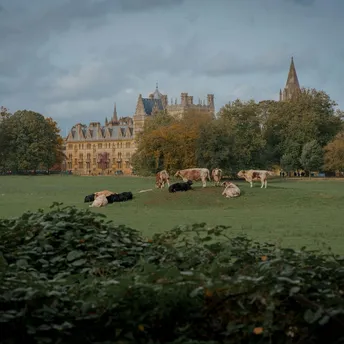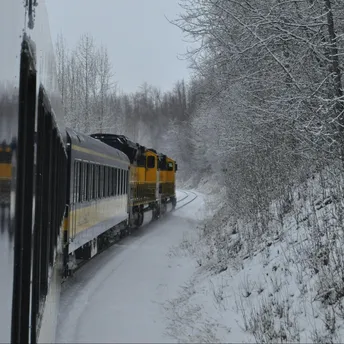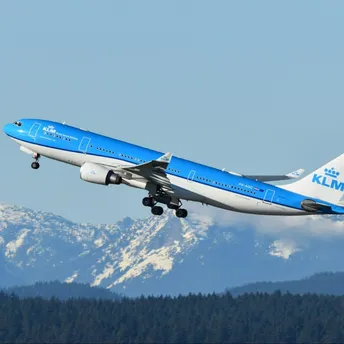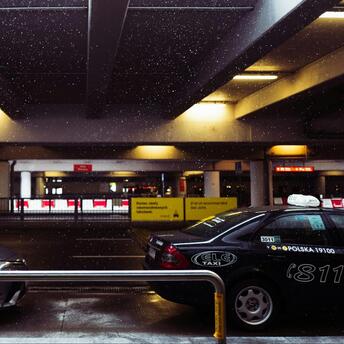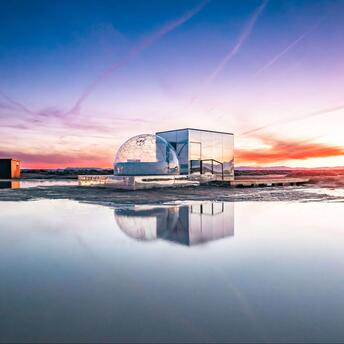Everything to Know About Zion National Park
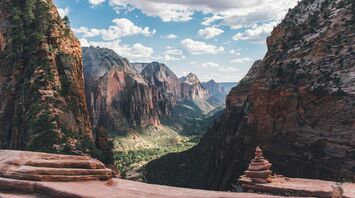
Utah’s Zion National Park offers spellbinding red-rock deserts and high-altitude forests, making it a must-visit destination. From stunning vistas to diverse wildlife, here's your comprehensive guide to exploring this natural wonder.
Why You Should Go to Zion
Zion National Park, named by Mormon pioneers in the 1860s, features the breathtaking Zion Canyon, which spans 15 miles and plunges nearly 3,000 feet deep. The park encompasses varied landscapes, from arid deserts to lush high-altitude forests, supporting about 800 native plant species, more than anywhere else in Utah.
"Zion offers an incredible combination of gorgeous views and amenities," says Kyle Sheppard, a local photographer. The park is renowned for its accessibility and diverse terrains, making it a favorite among nature enthusiasts.
Best Views in the Park
Angels Landing: This iconic viewpoint offers spectacular vistas but requires a challenging hike with a 1,827-foot elevation gain, narrow trails, and steep drop-offs. A permit is required to hike Angels Landing, obtained through a Park Service lottery.
Kolob Terrace Road: This 22-mile route from Virgin to Lava Point offers stunning high-country views. Another scenic drive, Kolob Canyons Road, provides a vista of red-rock gorges.
Best Trails in the Park
Emerald Pools: A 2.2-mile trail leading to beautiful pools and waterfalls.
Riverside Walk: An easy 2.2-mile trail along the Virgin River.
The Narrows: A famous slot canyon hike requiring wading through water, starting at the north end of Zion Canyon. For a more extended adventure, hike the 16-mile "top-down" route from Chamberlain Ranch.
West Rim Trail: A 14.2-mile backpacking trail from Horse Pasture Plateau to Lava Point, connecting to Kolob Canyons.
Kolob Canyons: Offers less crowded trails with impressive red-rock formations.
Best Spots for Wildlife Viewing
Ranger Ally O’Rullian suggests looking up to spot some of the park’s 290 bird species, including California condors, peregrine falcons, quail, roadrunners, and Mexican spotted owls. Mule deer are commonly seen in the early morning and late afternoon, and dusk is a great time to watch for bats.
Other wildlife includes rock squirrels, chipmunks, cottontail rabbits, coyotes, gray foxes, raccoons, and bighorn sheep.
Visiting Like a Nat Geo Explorer
Photographer Ben Horton recommends visiting less crowded areas like the viewpoints on Highway 9 and exploring activities such as canyoneering, climbing, hiking, and camping. He also suggests trying wintertime hikes and ice climbing.
Top Experiences in Zion
Springdale: The primary gateway town offers various adventures, including rock climbing, helicopter tours, and tubing on the Virgin River.
Zion National Park Forever Project: Engages visitors with outdoor learning adventures, service projects, classes, and special events.
Zion Canyon Shuttle System: Essential for accessing the heart of the canyon during peak seasons (spring to fall), with stops at major viewpoints and trailheads.
Family Activities
Family-friendly hikes include The Narrows, Riverside Walk, and Emerald Pools. Biking along Zion Canyon Scenic Drive and the Pa’rus Trail is also popular. The Zion Nature Center and ranger-led activities provide educational fun for kids.
Where to Stay
Zion Lodge: The only non-camping accommodation inside the park, requiring advance reservations.
Camping: Watchman and South Campgrounds near the visitor center are open year-round, while Lava Point is seasonal. Backcountry camping requires a wilderness permit.
Outside the Park: Options include motels, lodges, and upscale glamping sites like Under Canvas Zion and AutoCamp Zion Airstream resort.
Access and When to Visit
Highway 9: The main route to Zion Canyon, with entrances near St. George (west) and Kanab (east).
Best Time to Visit: May to September offers the most activities and amenities, but also the highest crowds. Early morning or late evening visits can help avoid the heat. Off-season visits (fall, winter, early spring) offer fewer crowds, easy parking, and the ability to drive your own vehicle through Zion Canyon.
Pet Policy
Pets are allowed in campgrounds, parking lots, picnic areas, and on the Pa’rus Trail, but must be leashed at all times. Service animals are permitted throughout the park.
Accessibility
The park offers accessible facilities, including visitor centers, shuttle buses, the Human History Museum, Zion Lodge, restrooms, picnic areas, and two trails (Riverside Walk and Pa’rus). Watchman and South Campgrounds have accessible sites.






